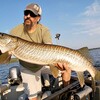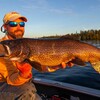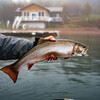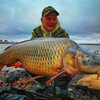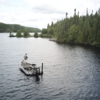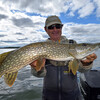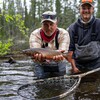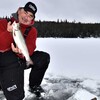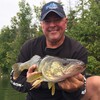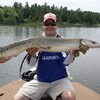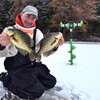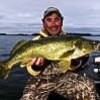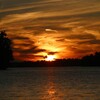
Speckle Splake Spectacular

Editor's Note: This article was published in 2020.
There is not much I would rather do in the winter than cut a hole in the ice and fish for speckled trout and their splake cousins. The fish are synonymous with the Northern Ontario wilderness, both they and I call home.
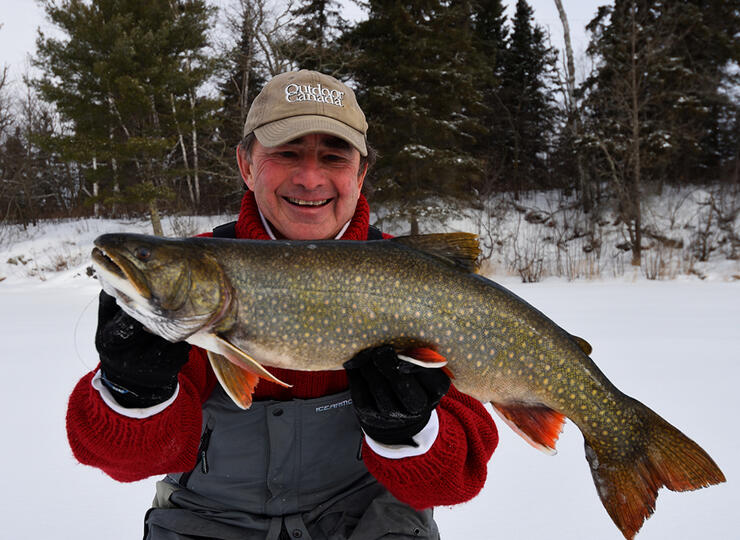
The lush spruce and pine-forested north country fuel my passion. It is wild and lonely, where you're more likely to stumble across a moose, deer, or timber wolf than another angler. I like that so much that I always come away with a sense of honour and awe and thankfulness that I was allowed to visit.
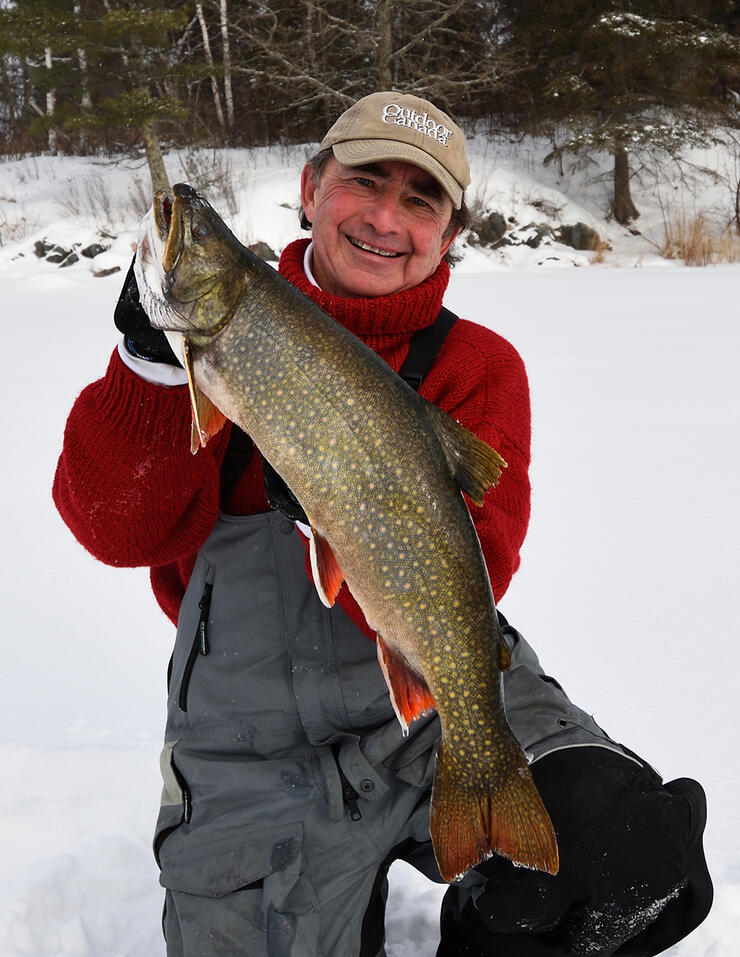
So, when buddy Wil Wegman said that he had just returned from a week-long ice fishing adventure in Northeastern Ontario and had revelled in the best-speckled trout and splake fishing ever, I had to know more.
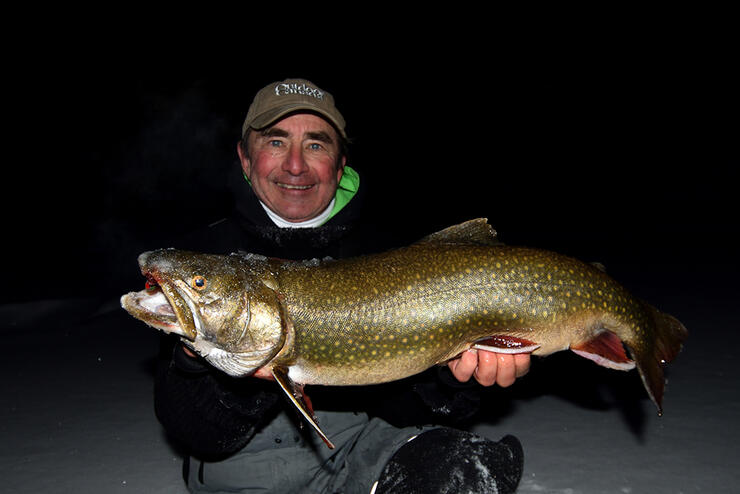
"It's a weeklong trip I make every year with my buddy, Gerry Heels," Wegman told me. "Gerry has a camp south of Gogama, but it's not accessible by car in winter, so we drive until the road ends, park the truck, and snowmachine the rest of the way. This year, the weather forecast called for stable temperatures around the freezing mark, and it was so pleasurable to start out every morning in balmy conditions. The warm weather also fired up the fish and provided us with some of the best speckle trout and splake fishing we have ever experienced."
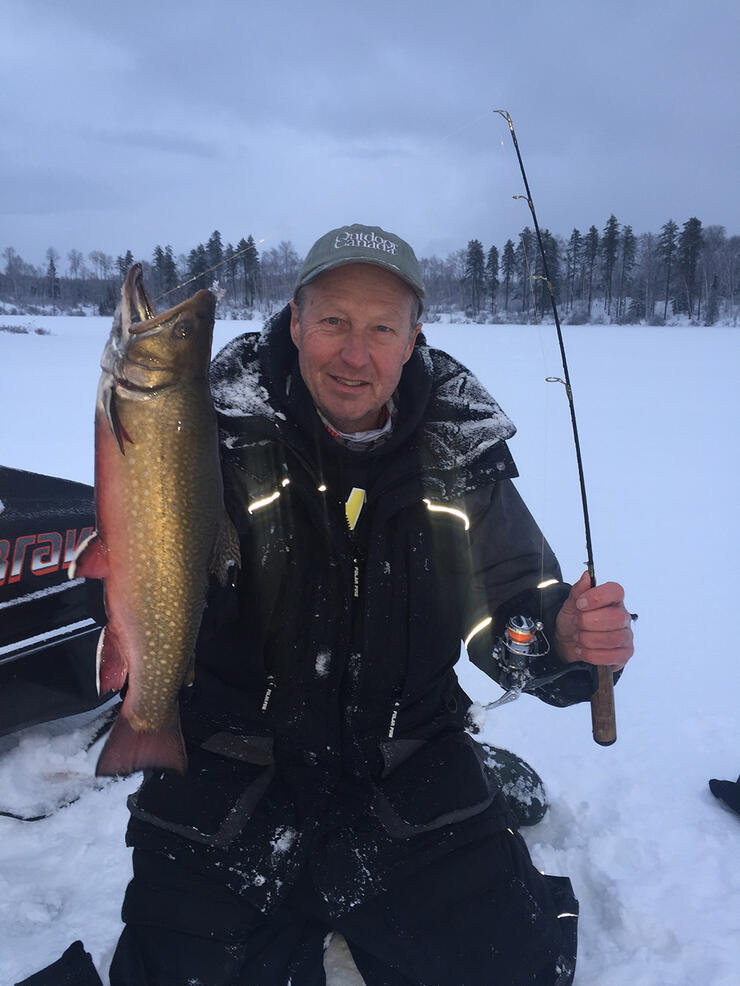
When I spoke with Heels this past December, prior to the trip, at the third annual Canadian Ice Fishing Exposition, where I was presenting ice fishing seminars, he told me that while he likes to fish around proven trout spots, Wegman is more mobile. So, I needed to know which strategy prevailed on the trip.

"Yes, Gerry's a patient sled-sitter," Wegman chuckled. "He's a wait-for-the-fish-to-come-to-him-type guy, while I’m an impatient, gotta-go-find-'em dude. In the last few years, however, I have modified my approach, in large part because of Gerry’s obvious, and at times frustrating, success. So I am beginning to take a more balanced approach that still suits my style of fishing.
"I like to drill three holes on a home-base location, then up to two dozen more around the area, so that I cover various depths, structures, and cover options. I'll cut some holes close to fallen trees and beaver houses and some more off points."
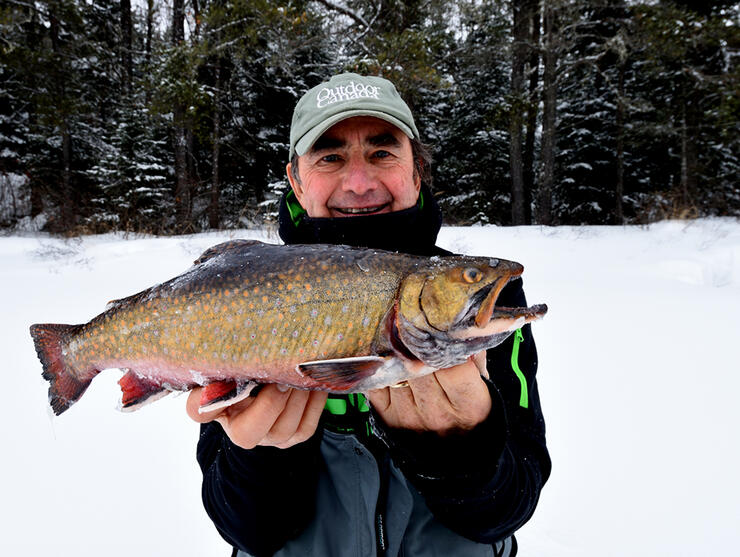
Fishing around a past-proven hot spot like this allows Wegman to keep one line in the hot zone while exploring the other holes. It is a good strategy in Ontario where you're allowed to ice fish with two rods in the winter. And what does the Hall of Fame angler rely upon to attract and trigger the trout?
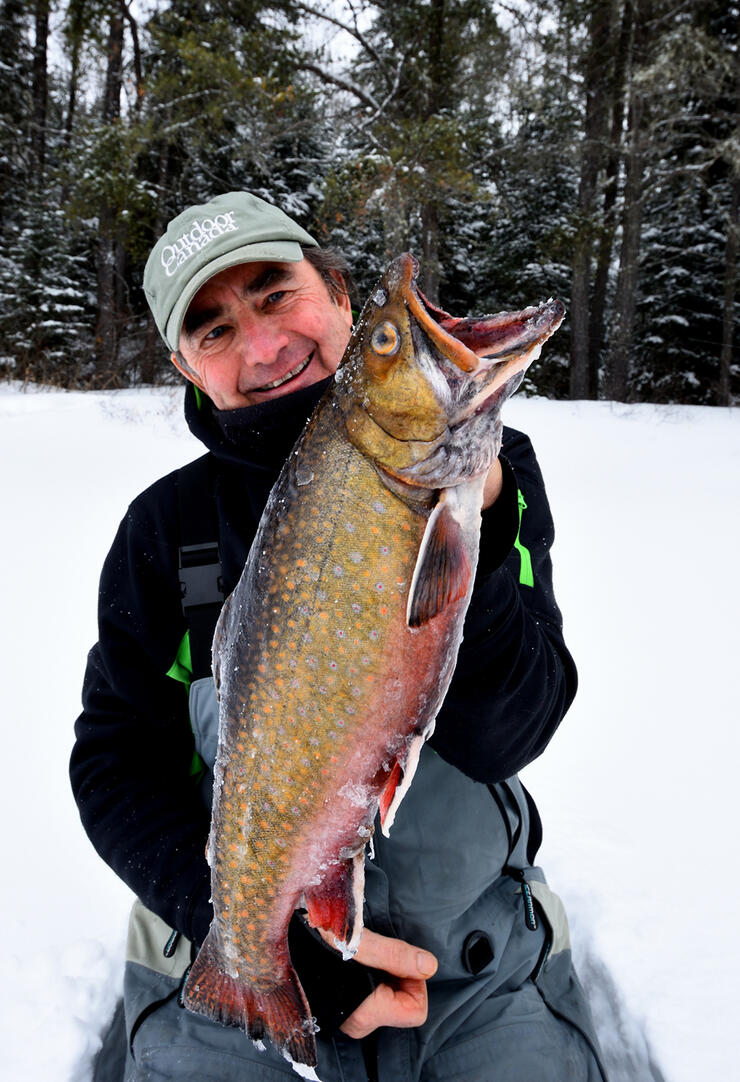
"I always start with a spoon," says Wegman, "and finish up with a soft plastic minnow or tube jig. Without question, the hot spoon for both brookies and splake all week was the gold and red Blue Fox Moresilda. I would say we caught 75 percent of our fish with it, while a Storm 360 GT swimbait was the most productive soft plastic. Both Gerry and I were using HT Big Eye Pro Touch 42" medium light rods, with matching Big Eye reels spooled with 6-pound test HT Red Ice mono, as well as 4-pound test Sufix Ice Braid tipped with a 6-pound test leader."
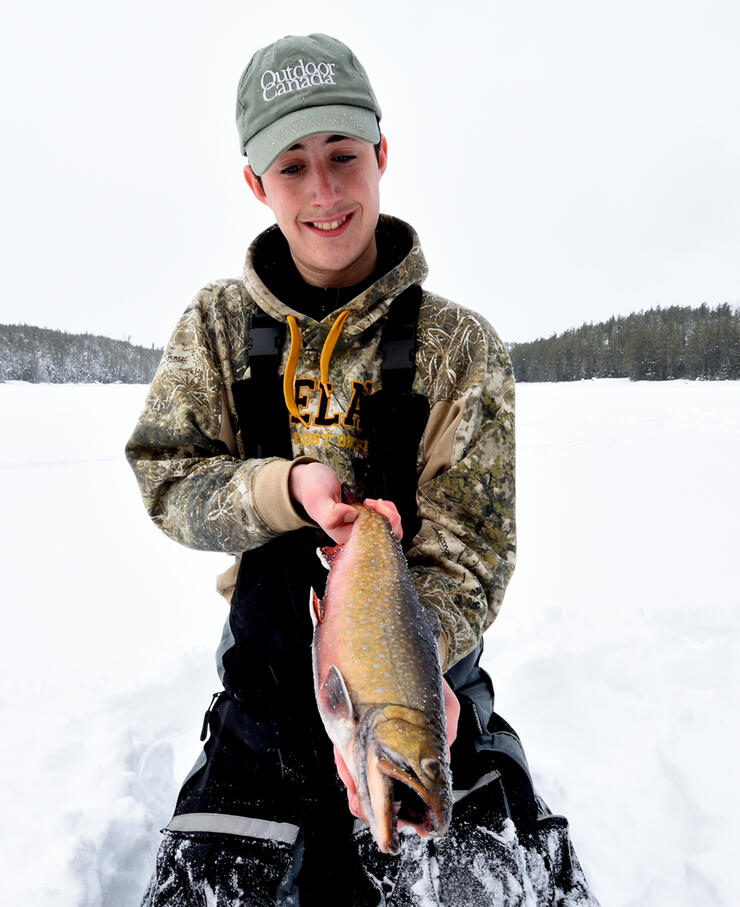
Because splake is a hybrid, produced when you cross a male speckled trout with a female lake trout, you can often find the fish exhibiting the tendencies of both parents. So I was curious whether Wegman caught his fish deep, shallow, or somewhere in between.
"We caught the majority of splake in mid-depth water," says Wegman, "in the 18- to 25-foot range. In that respect, they were not behaving like either parent but more like true splake. Interestingly, too, although Gerry and I hit the obvious-looking points and beaver lodges, it was a more nondescript location that produced the best action. It was a secondary point, close to shore with a little wood around it. The structure had a ledge that dropped off about 50 metres from the shore, but we didn’t venture out more than 20. The key spot was the transition from a soft to a hard bottom."
As for the speckled trout, Wegman acknowledged that fishing in extremely shallow shoreline water can be exceptional, but that he and Heels prefer to move out deeper, where they can optimize the use of their sonar units.
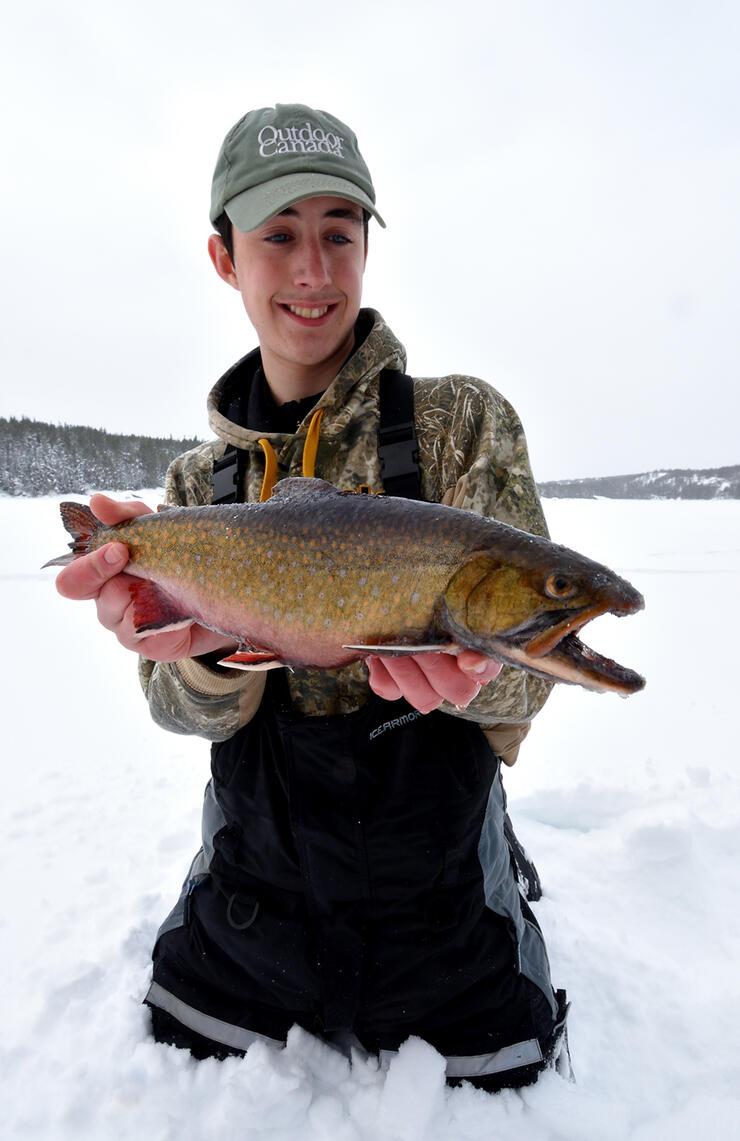
"Gerry and I are sonar junkies," confesses Wegman, "and you can't maximize your unit's capabilities until you are in at least 8 feet of water. Our best depth for specks this year was 14 feet, and once again, on a non-traditional spot, off the only island in the lake. It was here that we landed several big specks in the 3- to 5-pound range. It was a great late afternoon location."
Northern Ontario is blessed with thousands of speckled trout and splake lakes, perhaps more than anywhere else in the world. They are waiting for you to drop them a line.
Recommended Articles

Predicting Lake Thickness

A Walleye Adventure at Anderson's Lodge
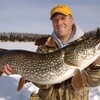
Eating Northern Pike

10 Facts About Lake of the Woods
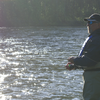
5 Places to Shore Fish
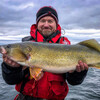
Reaching Deep For Walleye
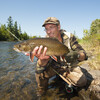
Nipigon Brook Trout

20 Years With Fish TV!

3 Great Ontario Walleye Destinations
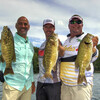
Top 5 Baits for Smallmouth and Largemouth Bass
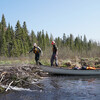
Algonquin Brook Trout

Find The Food, Find The Fish!

White(fish) North
Top 8 Places to Ice Fish in Ontario

Land a Lake Nipigon World Class Trophy Brook Trout
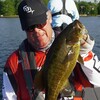
Lake of Bays fishing

Top Flies for Northern Pike
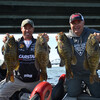
Sweet Spot Season
